Tapco HomeDry Dry Rot Treatment Slough
We are long term members of Trust Mark and a member of the BWA. CHAS accredited contractor. In addition, all of our surveyors are trained to the high standards of the PCA (Property Care Association).
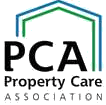
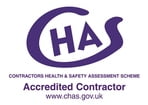
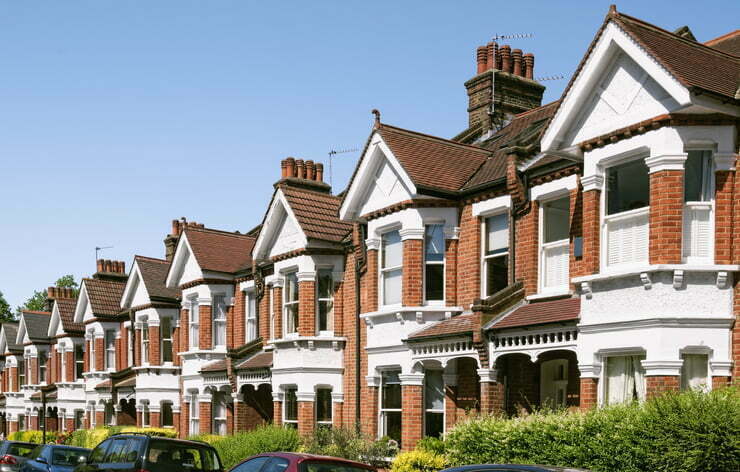
Dry Rot Specialist In Slough
If you suspect you have dry rot in your home or property in Slough, don’t delay treatment. Our expert team can provide a comprehensive dry rot survey to identify and eradicate all signs of dry rot in your home in Slough.
Signs of dry rot in your home
Dry rot will look different at every stage of growth, which is why it is important to look out for the rapidly changing telltale signs. Once damaged by dry rot, wood will be darker in appearance. It will also have cuboidal cracking in the structure which makes it brittle and easy to crumble between your fingers.
The growth of the fungus will start out furry and white and then a rust-coloured growth will emerge from the centre as the fungus fruits and spreads its spores. The spores will spread to any timber that is suitably damp. If you can’t see the dry rot, you will certainly be able to smell the telltale damp and musty odour.
What is dry rot?
Dry rot is the name given to a type of fungus called Serpula lacrymans. This particular type of fungus thrives in woodland areas where it plays a vital role in breaking down fallen trees on the forest floor. However, it can also infiltrate homes and cause damage to wooden structures when the conditions are right.
In the earliest stages, dry rot will have a furry white appearance and might look harmless. The fruiting spores are rusty brown in colour. Wood that is affected by dry rot will be dried out, fragile and brittle. It may also be warped and this can cause structural problems in your Slough property.
Contrary to what the name suggests, dry rot actually needs sufficient moisture levels to thrive. Dampness in your home can create the ideal conditions for this fungus to develop and spread.
The most common place to find dry rot is in the timber frame of older properties, but it can also impact floorboards, skirting boards and wooden doors. Once it has found the ideal conditions, dry rot spreads quickly and causes significant damage, which is why quick intervention is essential.
How is dry rot treated?
There are multiple steps in the treatment process for dry rot. The first is to identify the cause of the dampness in your home that is allowing the dry rot to thrive. Next, we use a fungicidal treatment to kill the fungus and prevent it from spreading any further.
The final stage is to identify and replace any timber that has been affected by the dry rot. This should always be replaced with pre-treated timber to prevent a recurrence. Follow-up checks will help to ensure the dry rot cannot return.
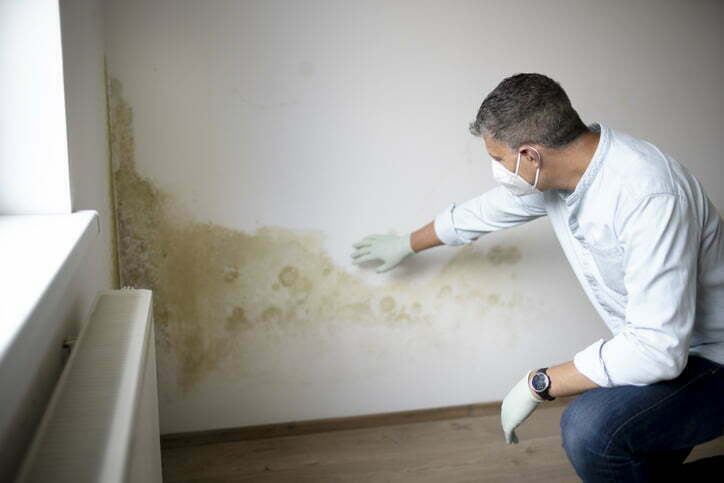
Dry rot experts in Slough
If you suspect you have a dry rot problem in your property in Slough, don’t ignore it. Left untreated, dry rot can spread and cause extensive and expensive structural damage as it dries out the wood in your home. Our friendly and courteous team can help to identify the cause of your dry rot problem so you have complete peace of mind.
How are wet rot and dry rot different?
These two common household issues are caused by different types of fungus. As the name suggests, wet rot requires higher levels of moisture to thrive, usually around 50% or higher. Dry rot does best in conditions of around 20% moisture.
It doesn’t matter if you have dry rot or wet rot, both need to be addressed as a matter of urgency. If you suspect you have a rot problem in your home, get in touch with our team today to arrange a dry rot survey in Slough.


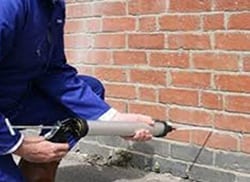 Damp Proofing
Damp Proofing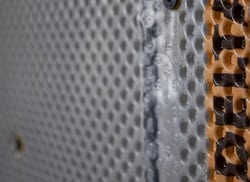 Basement Damp Proofing
Basement Damp Proofing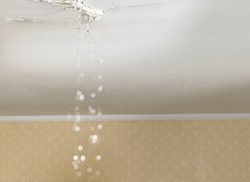 Water Damage
Water Damage Condensation Control
Condensation Control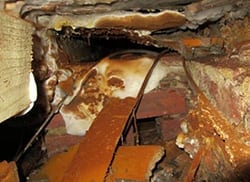 Dry Rot Treatment
Dry Rot Treatment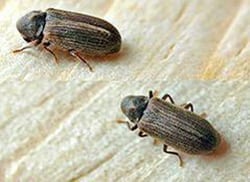 WOODWORM & WET ROT
WOODWORM & WET ROT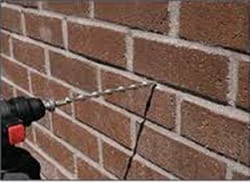 CAVITY Wall Ties
CAVITY Wall Ties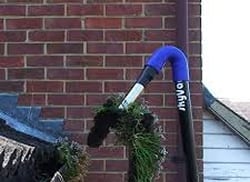 Property Maintenance
Property Maintenance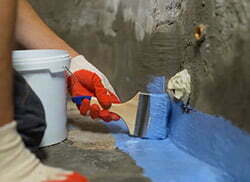 Waterproofing And Tanking
Waterproofing And Tanking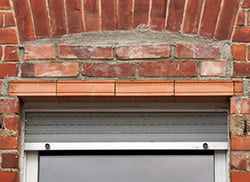 Structural Repairs
Structural Repairs
